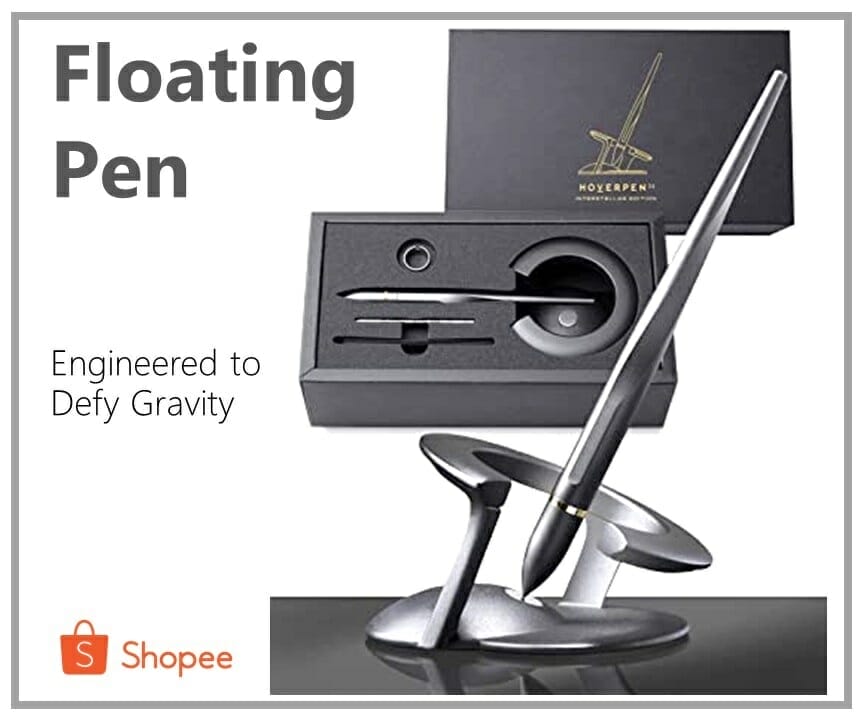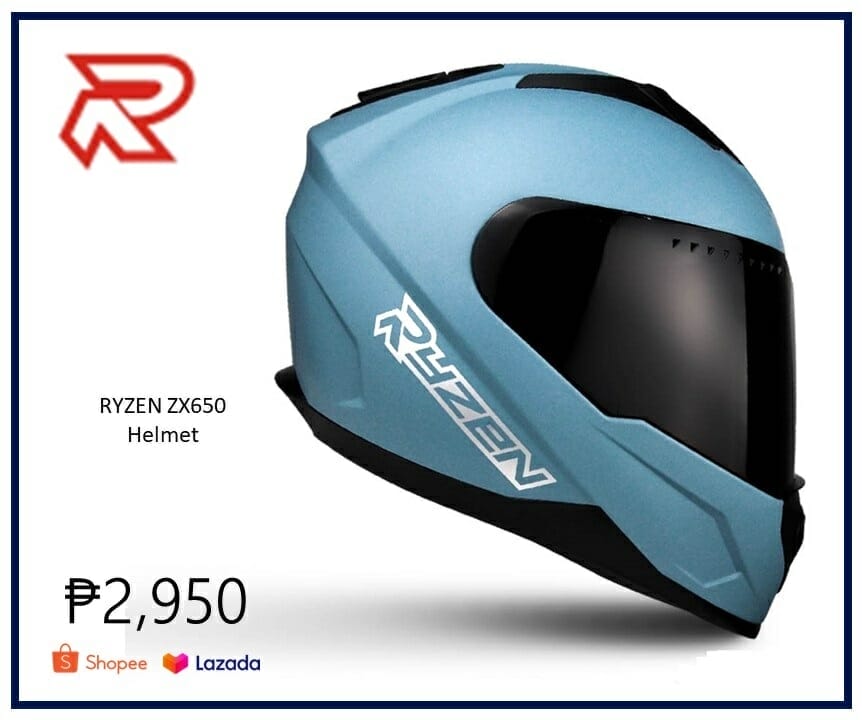When you think of crust, what comes to mind? Perhaps a flaky pie shell or the crispy edge of a freshly baked loaf of bread? While these culinary delights might be the first to pop into your head, an entirely different type of crust plays a vital role in shaping our planet: the Earth’s lithosphere. Beneath our feet lies a fascinating world composed of two distinct kinds of crust—oceanic and continental. Each type holds unique characteristics and influences everything from geology to biodiversity.
In this article, we will delve into the intriguing differences between these two types of crust and explore how they interact with one another in the grand dance of plate tectonics. From towering mountain ranges formed by continental plates colliding to the deep ocean trenches created by subduction zones, understanding what constitutes oceanic and continental crust is essential for grasping Earth’s dynamic nature. So buckle up as we embark on a journey beneath the surface, uncovering not just what the two kinds of crust are but also their profound impact on life as we know it!
Introduction: Understanding Earth’s Structure: Overview of Earth’s layers and crust significance
Beneath our feet lies a complex mosaic of layers, each playing a vital role in shaping the planet we inhabit. Earth’s structure can be likened to an elaborate cake consisting of distinct tiers contributing to its stability and behavior. The innermost layer, the core, is primarily composed of iron and nickel, where extreme heat and pressure give rise to magnetic fields fundamental for life above surfaces. Surrounding this molten center is the mantle, a thick shell responsible for tectonic movements that continuously reshape continents and create geological wonders.
Atop this dynamic foundation rests the crust—the thinnest layer yet critically significant as our only direct link to Earth’s interior. It provides the ground we walk on and contains essential resources like minerals and fossil fuels upon which human civilization depends. Intriguingly, there are two types of crust: continental and oceanic, each exhibiting unique properties that influence geological processes and environmental conditions across different ecosystems. Understanding these layers illuminates how our planet operates and highlights humanity’s relationship with it—reminding us that every step taken on solid ground is a journey over billions of years in Earth’s grand geological story.

What is Continental Crust? Characteristics and composition of continental crust
The continental crust, often viewed as the Earth’s thick, stable foundation, comprises a unique blend of elements and minerals that set it apart from its oceanic counterpart. Characteristically thicker—averaging around 30 to 50 kilometers beneath continents—the continental crust is primarily composed of granitic rocks rich in silica and aluminum, resulting in a lighter density than the basaltic rocks of oceanic crust. This differential composition plays a crucial role in shaping the surface dynamics and geographical features we observe today, forming mountain ranges through tectonic activity and creating complex ecosystems.
Intriguingly, the continental crust is not just a static layer but is dynamic and continuously evolving through erosion, sedimentation, and volcanic activity. These layers can vary significantly depending on their geological history; ancient regions of continental crust may hold remnants of long-eroded mountains or even primordial landmasses known as cratons that have existed for billions of years. This immense variability showcases Earth’s geological diversity and provides critical insights into our planet’s evolution over time, demonstrating how past environments shape present landscapes. Understanding these intricate characteristics unlocks the keys to studying climate change patterns and resource distribution throughout history.
Exploring Oceanic Crust: Distinct features of oceanic crust explained
The oceanic crust, the thinner and denser counterpart to its continental sibling, offers an intriguing glimpse into the Earth’s geological processes. Formed predominantly from basalt, this crust is characterized by its dark color and relatively young age—most of it is less than 200 million years old. One distinct feature of oceanic crust is the presence of mid-ocean ridges, where tectonic plates diverge, and new material emerges from magma beneath the seafloor. These dynamic ridges shape underwater landscapes and play a crucial role in regulating Earth’s thermal system.
Another captivating aspect of the oceanic crust is its interaction with tectonic activity, which leads to phenomena like subduction zones. Here, older sections of the oceanic crust dive beneath lighter continental or younger oceanic plates, contributing to volcanic activity and earthquake formation. This relentless recycling nourishes deep-sea ecosystems while simultaneously sculpting complex land and sea floor topographies. Moreover, as scientists delve deeper through technological advancements like sonar mapping and drilling programs, new insights into hydrothermal vents and methane seeps reveal how life’s resilience flourishes even in extreme environments. The exploration of oceanic crust thus serves as a critical reminder that our planet’s surface is just a thin veneer over a world teeming with dynamic interactions waiting to be unraveled.
Differences Between Continental and Oceanic Crust: Key comparisons in thickness, density, and age
When delving into the earth’s crust, one of the most fascinating comparisons arises between continental and oceanic crust, each possessing unique characteristics that shape our planet. Thickness is a striking distinction; continental crust averages about 30-50 kilometers thick, while oceanic crust typically ranges from 5 to 10 kilometers. This significant variance impacts geological processes and influences landforms and tectonic activity. For instance, the thicker continental crust allows mountain formation and more complex topographies than its thinner oceanic counterpart.
Density presents another intriguing contrast: continental crust, primarily composed of lighter granitic rocks, has a density of approximately 2.7 grams per cubic centimeter, whereas oceanic crust is denser due to its basaltic makeup, averaging around 3.0 grams per cubic centimeter. This difference in density contributes to how these two types of crust interact at tectonic boundaries—where they meet; buoyancy plays a critical role in subduction processes. Age further distinguishes them; the oceanic crust is relatively young compared to its continental counterpart. With most formed within the last 200 million years through seafloor spreading and continually recycled into magma at subduction zones, it starkly contrasts ancient continental sections that can exceed four billion years old. Each aspect—thickness, density, and age—contributes richly to Earth’s dynamic geology and hints at stories written over eons beneath our feet.
Formation Processes of Both Crusts: How continental and oceanic crust are formed
The formation processes of continental and oceanic crust reveal our planet’s dynamic and ever-evolving nature. Continental crust forms primarily through igneous, sedimentary, and metamorphic activities over millions of years. Volcanic activity plays a significant role as magma cools slowly beneath the Earth’s surface, creating granite-like materials that contribute to its thick, buoyant structure. This lightweight composition allows the continental crust to float higher on the mantle, leading to diverse landforms such as mountains and plateaus.
In contrast, oceanic crust emerges from the seafloor, spreading at mid-ocean ridges where tectonic plates diverge, and magma rises to fill the gaps. As molten rock erupts into water, it solidifies rapidly into basalt—dense and thin compared to its continental counterpart. This process expands ocean basins and influences global climate patterns through interactions with ocean currents. Over time, sections of this crust are subducted back into the mantle at trenches, illustrating a continuous cycle that keeps reshaping both types of crust while highlighting the interconnectedness between Earth’s geology and life itself.
Impact on Geology and Life: Influence on ecosystems and geological activities
The partitioning of Earth’s crust into continental and oceanic layers shapes the landscapes we inhabit and plays a pivotal role in regulating ecosystems. With its diverse topography, the continental crust serves as a foundation for many terrestrial biomes—mountains provide alpine habitats, while plains support grasslands. Similarly, the oceanic crust influences marine ecosystems by dictating coastlines and seafloor topology, which impacts ocean currents and nutrient distribution vital for sustaining aquatic life. This intricate interplay ensures that different environments foster many species adapted to their unique conditions.
Moreover, geological activities like volcanic eruptions and tectonic movements can rejuvenate ecosystems by creating or altering new landforms. For instance, volcanic islands often emerge as biodiversity hotspots due to their isolated environments that allow species to evolve independently. On the other hand, tectonic shifts can lead to earthquakes that reshape landscapes drastically; however, these disturbances can spur ecological renewal as flora re-establishes itself on fresh soil. Thus, while geology acts as the stage upon which life unfolds—crafting varied habitats—it is also an active participant in shaping evolutionary trajectories across terrestrial and marine spheres, highlighting the dynamic relationship between Earth’s hidden layers and living organisms.
Conclusion: What Are the Two Kinds of Crust?
In conclusion, the Earth’s crust is a fascinating and complex layer that reveals much about our planet’s geological history and composition. The two primary types of crust—continental and oceanic—serve as contrasting yet complementary elements in shaping the terrestrial landscape. The continental crust, often thicker and less dense, supports vast landmasses teeming with diverse ecosystems, rich resources, and intricate networks of human civilization. On the other hand, the oceanic crust plays a vital role in regulating the planet’s climate through its interactions with ocean currents while also fostering unique marine life.
Understanding these two kinds of crust illuminates how geological processes function and raises questions about their implications for future sustainability. As we grapple with issues such as rising sea levels and resource depletion, recognizing the delicate balance between these layers encourages us to foster stewardship of both land and sea. Ultimately, the Earth’s crust is more than just a surface we walk upon; it is an ever-changing embrace that connects us to deep time—a reminder of our place within this dynamic system that continues to shape our world.












